Trending Now
Saturday, Nov, 2024
Home / Researchers from IISc Designed Antennas to Empower 6G Tech
Researchers from IISc Designed Antennas to Empower 6G Tech
The team led by assistant professor Debdeep Sarkar at the department of electrical communication engineering has revealed how self-interference in full-duplex communication antennas can be decreased, and the movement of signals across the communication network can be quicker and more bandwidth-efficient.
 by Pragti Sharma /
by Pragti Sharma /  28 Mar 2023 15:16 PM IST /
28 Mar 2023 15:16 PM IST /  0 Comment(s) / 230
0 Comment(s) / 230

Image Courtesy : www.iisc.ac.in
Indian Institute of Science (IISc) researchers are working on designing antennas to empower 6G technology- instrumental in acknowledging efficient V2X (Vehicle to Everything) communications.
The team led by assistant professor Debdeep Sarkar at the department of electrical communication engineering has revealed how self-interference in full-duplex communication antennas can be decreased, and the movement of signals across the communication network can be quicker and more bandwidth-efficient.
IISc said such full-duplex antennas are helpful for applications that need almost immediate relay of commands, like driverless cars. Full-duplex antennas contain a transmitter and a receiver to send and receive radio signals. Traditional radio transceivers are half duplex, meaning they utilize signals of various frequencies for sending and receiving, or there is a time lag between the signal transmitted and received.
This time lag, it said, was required to confirm that there is no interference- signals running back and forth should not cross tracks with each other, parallel to two people speaking to each other at the same time, without waiting to listen to the other.
IISc said this also compromises the efficiency and speed of signal transfer. And to transmit data much faster and more efficiently, full-duplex systems are needed, where both the transmitter and receiver can use signals of the same frequency simultaneously. For such systems, eliminating self-interference is essential.
Sarkar said this is what Sarkar and his postdoctoral fellow, Jogesh Chandra Dash, have been operating on for the past few years. The purpose of the research is that we want to destroy the signal that is coming as self-interference.
There are two methods to cancel self-interference- passive and active. Passive cancellation is accomplished without any additional instrument by designing the circuit in a particular way, for example, by expanding the distance between the 2 antennas.
Active cancellation depends on additional elements like signal processing units to cancel the self-interference. But the components required for these measures can make the antenna bulky and expensive. What is needed, rather, is a compact, cost-efficient antenna that can be integrated into the rest of the circuitry of any device easily.
IISc said the antenna designed by Sarkar and Dash relies on passive interference, authorizing it to work as a full-duplex system. It consists of two ports, either of which can function as a transmitter or receiver.
The two ports are separated from each other by electromagnetic tools called metallic vias, it said, adding that metallic vias are holes drilled into the metal surface of the antenna, which disrupt the electric field. In this manner, the team managed to cancel out most of the interference passively while achieving a cost-effective and compact design.
In the immediate future, the team plans to optimise their device to remove passive interference and decrease the overall size of the antenna. IISc said we could easily fix this onto a vehicle. It can transmit and receive data at high speeds, bringing driverless operation and 6G mobile connectivity closer to reality.
News Source: Times of India

EShort / February 16, 2024
IMS Noida Admissions 2024: Apply for UG, PG programmes

EShort / February 16, 2024
GATE 2024: Response sheet out

EShort / February 16, 2024
BSSTET 2023: Admit card released

EShort / February 16, 2024
NID DAT 2024: Prelims result released

EShort / February 16, 2024
IIT JAM 2024: Response sheet released

Jobs / February 16, 2024
UPSC Recruitment Drive 2024: Apply for 120 vacancies in various departments

EShort / February 14, 2024
UPSC CSE 2024: Official Notification issued; application process begins

Editor's Desk / April 17, 2020
How Does Society Impact Our Education?

Current Affairs / April 22, 2020
Mr. Sudarsanam Babu appointed to U.S. Science Board.
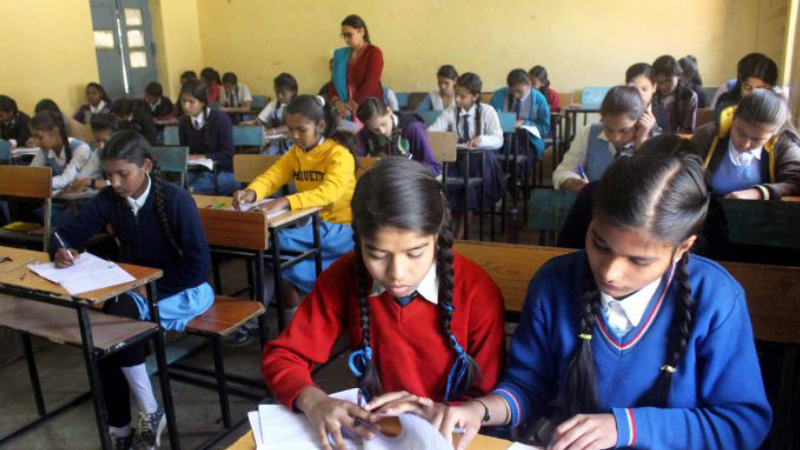
Reforms / April 17, 2020
Traditional Structure of Education In India
.jpg)
Events & Seminars / April 17, 2020
PISA!!
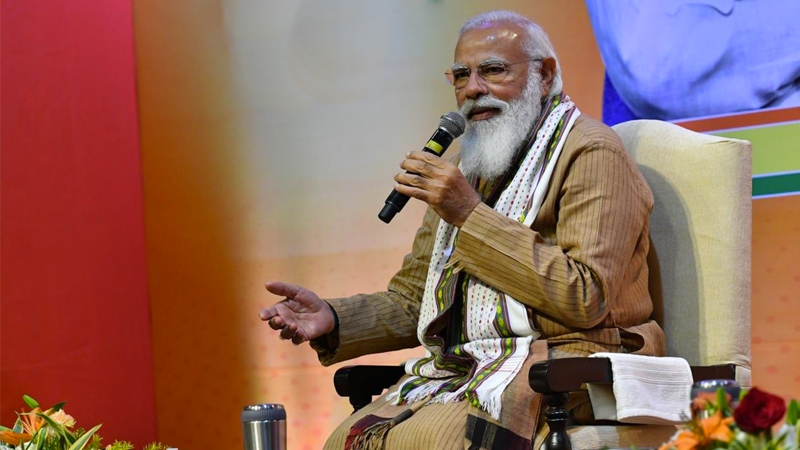
Blog / February 26, 2021
Government's Action On #ModiRojgaarDo

EShort / May 19, 2022
CUET PG 2025 has started the registration process.

Notice Board on Important Dates / April 21, 2020
World Heritage Day

News / July 08, 2021
JEE Mains Registration For Session 3: Last Date To Apply

EShort / December 14, 2021
UPSC Declared Final Result For DCIO Recruitment



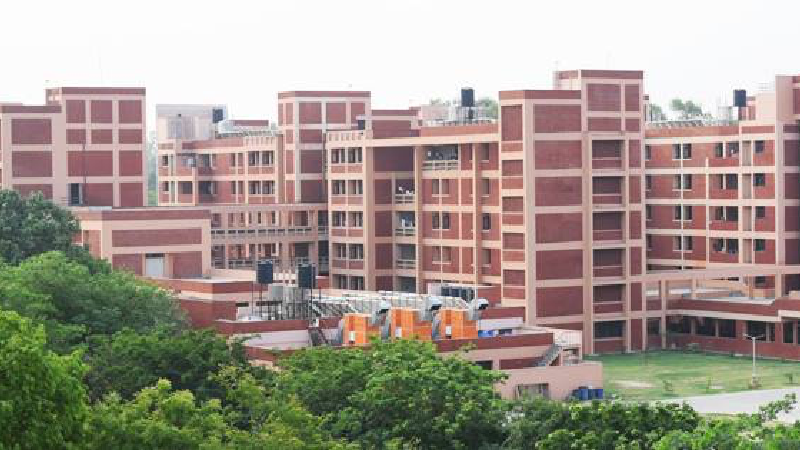
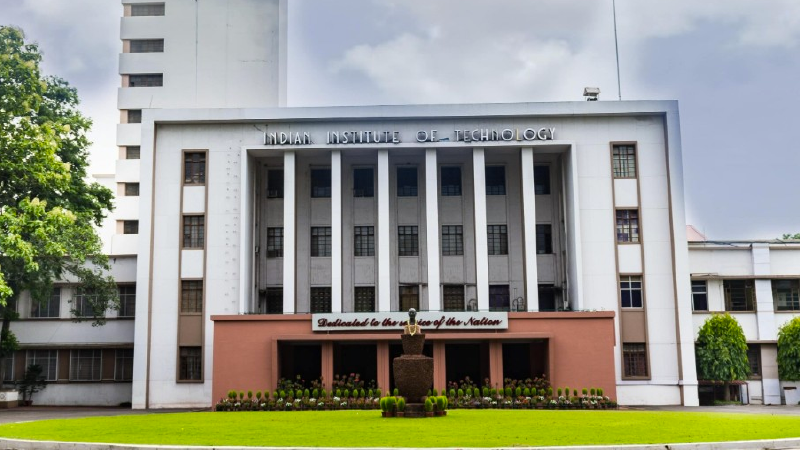





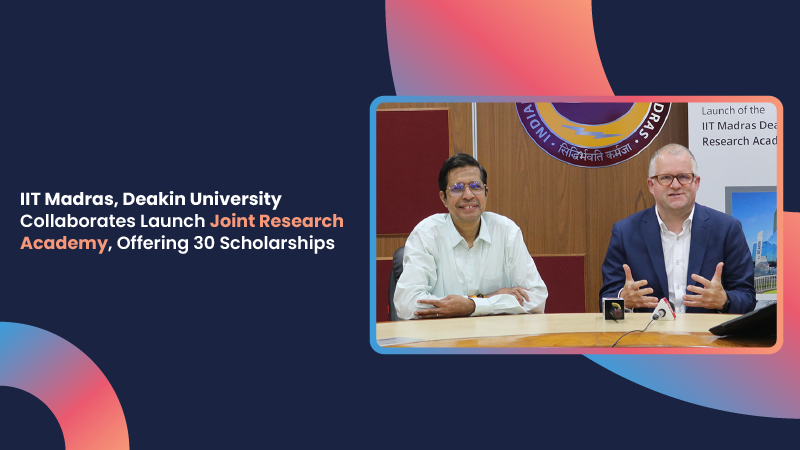


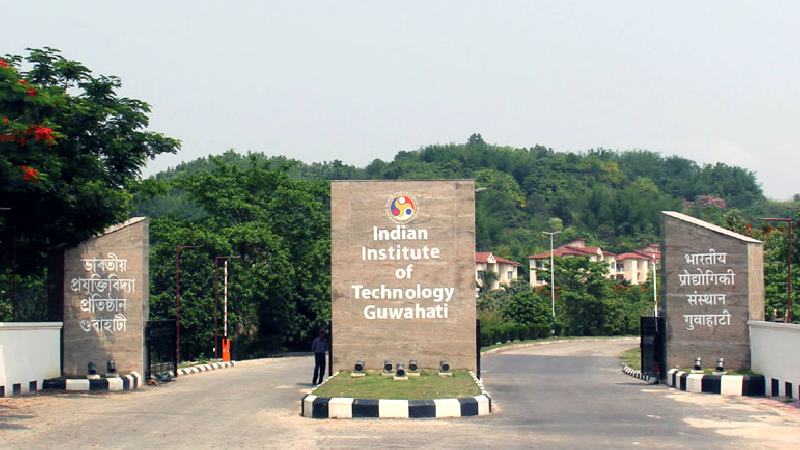


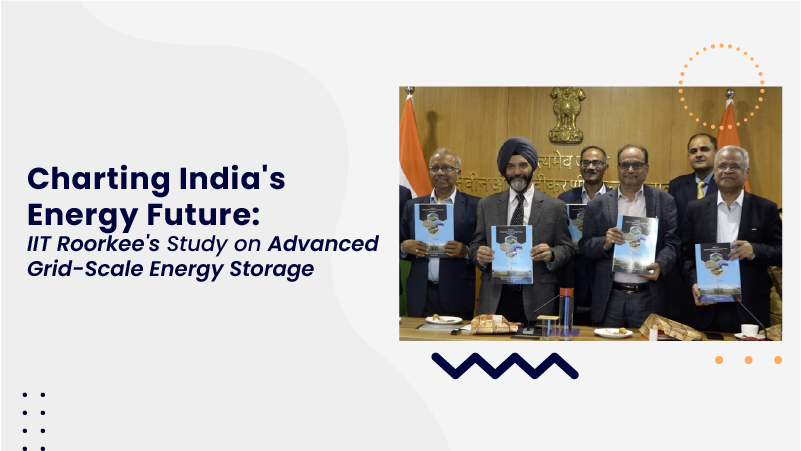

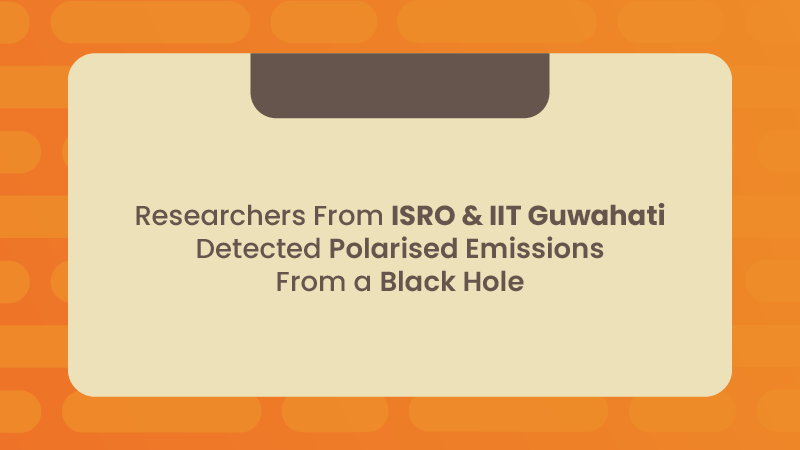

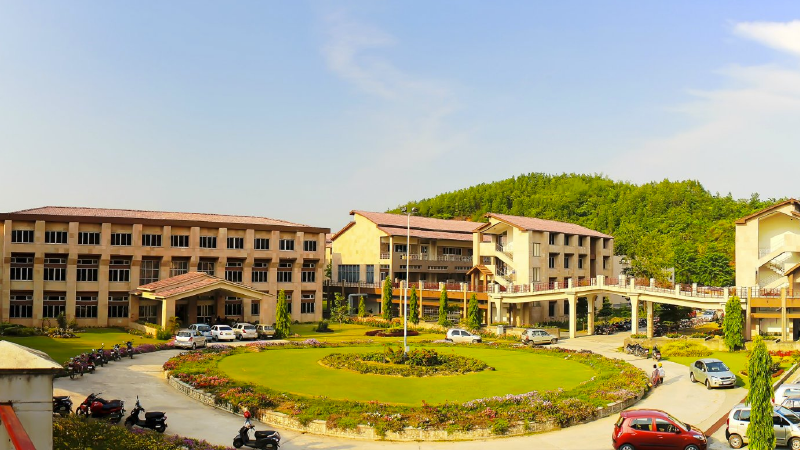
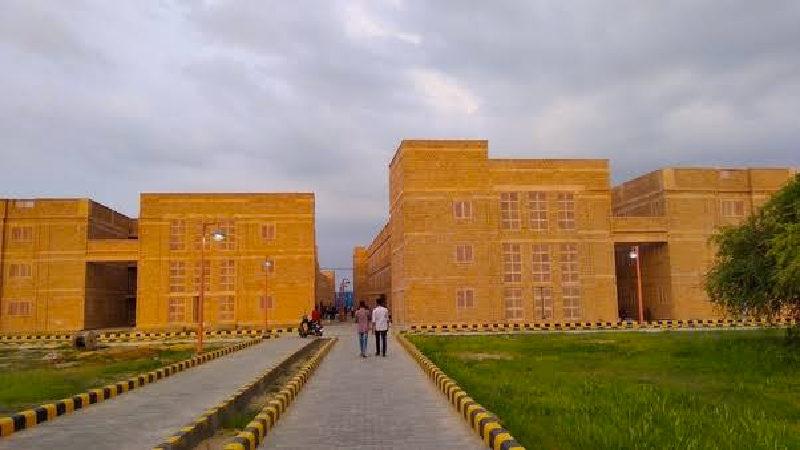

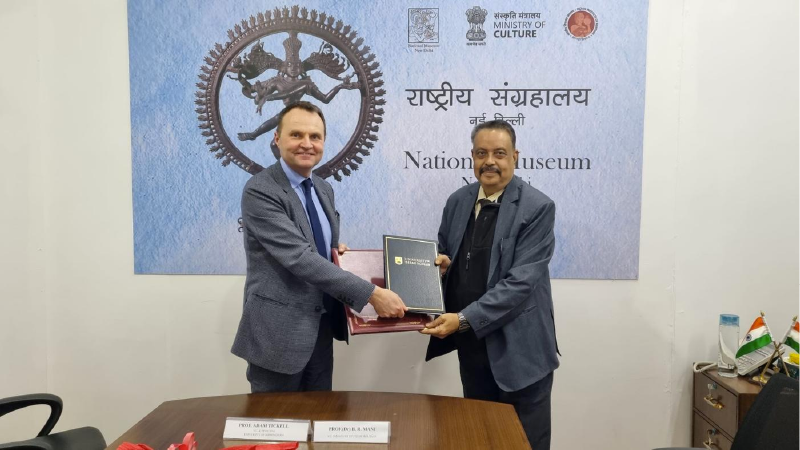
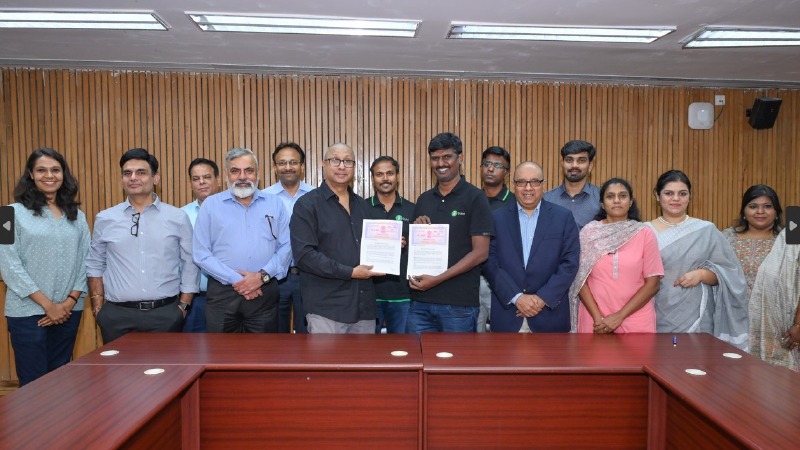
0 Comments
Post Comments